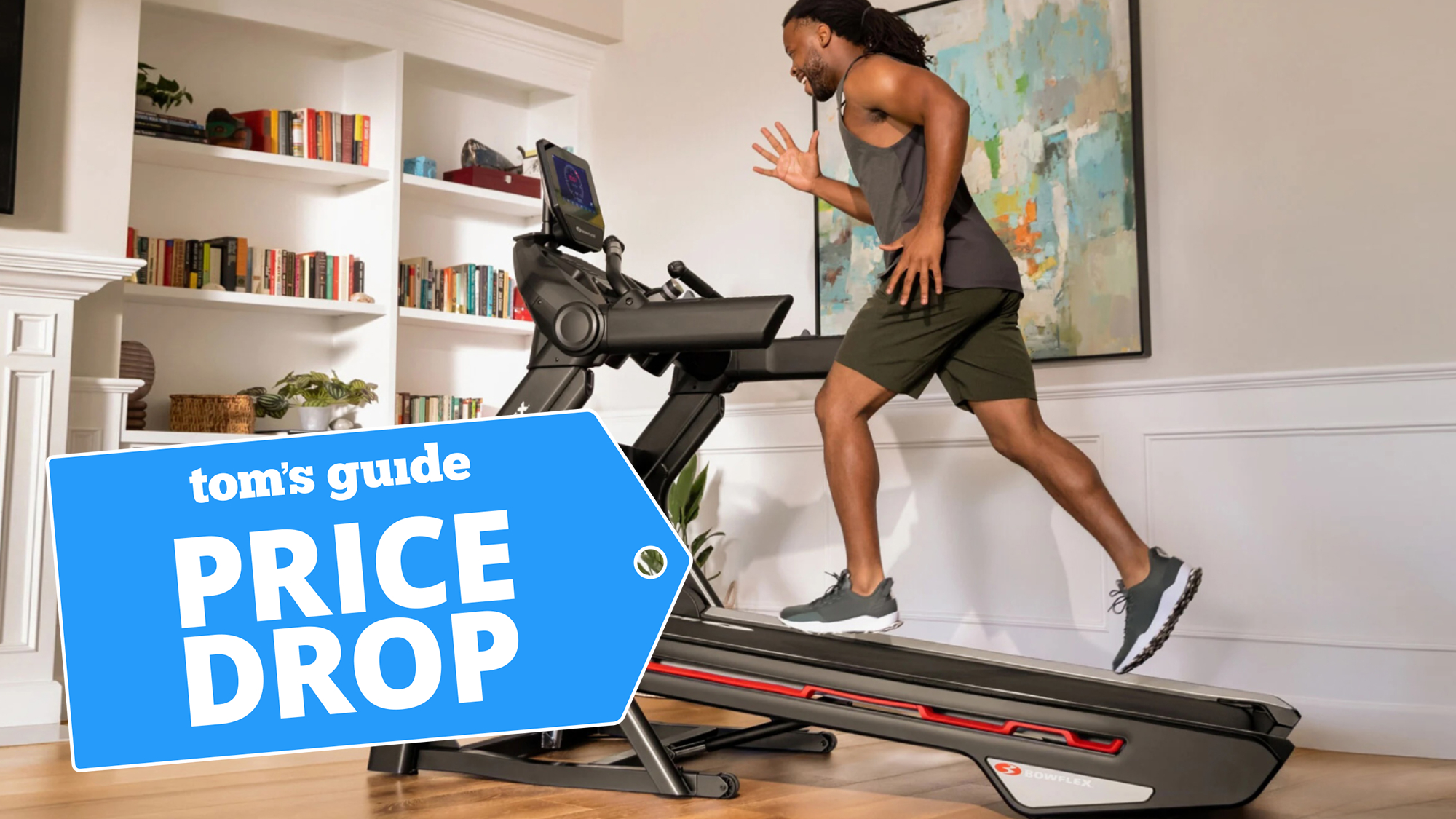12 Low-Tech Ways to Protect Your Home From an Intruder

We may earn a commission from links on this page.
Even though the residential burglary rate has been dropping steadily in recent years (down 26% between 2019 and 2023), many of us still worry about being robbed or experiencing a home invasion.
Alarm systems and other high-tech security are really effective—a study once found that 83% of criminals check for an alarm before selecting a house to rob—but they don’t actually stop someone from breaking into your home. If you want to prevent a determined criminal from getting inside in the first place, you don’t need to spend a fortune turning your house into some sort of smart home fortress—there are plenty of cheap, low-tech steps that will make it difficult for criminals to get into your safe space.
Secure the garage
If your home has a garage with an automatic door, it almost certainly has a manual release mechanism designed to let you open the door from the inside during a power outage or malfunction. That’s an essential safety feature—but it can also be a vulnerability. As shown in this video, a patient and experienced thief can fish for that manual release, open the garage door, and gain access to your home that way.
Securing the manual release is an easy way to make this a lot more difficult. There are two low-tech ways to do this:
-
Install a garage shield. A garage shield is just a barrier installed between the manual release and the door, and simply (and effectively) prevents a coat hanger or other fishing tool from finding the manual release. You can DIY one of these with a piece of plywood if you’re relatively handy.
-
Zip-tie the release. Most garage door manual release mechanisms can be held closed simply by threading a small zip-tie through the release. The zip-tie should be strong enough to resist the relatively weak pull of a fishing wire, but not strong enough to resist a hard yank on the release cord. You might want to test this a few times to ensure you can break the tie easily—the worst time to find out your manual release won’t work is during an active emergency.
One more thing you should do to secure the garage? Use a keychain remote instead of one clipped to your car’s visor or sitting in the glovebox. A garage remote in your car is convenient for you and criminals, because they can break into your car to access the remote, then stroll into your house. If the garage remote is attached to your keys, it stays with you at all times, removing this invasion vector.
Reinforce doors and windows
The most vulnerable aspects of any home are the spots designed to allow entry of some sort—your doors and windows. Locks can be picked and glass can be broken, but a few simple, low-tech additions can enhance their resistance to intruders significantly:
What do you think so far?
-
Reinforce door frames. One of the most effective ways to get through a locked door is simply battering it in or using a prybar to crack the frame. Reinforcing the door frame with a simple kit makes it a lot harder for thieves to do so.
-
Use tamper-proof screws. If any screws are exposed on your door, replace them with tamper-proof versions to stop thieves from simply dismantling part or all of your door frame to gain entry.
-
Add extra window locks. The locks that come with standard sash windows are fine, but not exactly unbeatable—plus, they’re either engaged or not, meaning your window is either closed or not. A hinged wedge lock can be positioned to allow the window to open enough to let some air flow into the room while preventing it from being opened far enough to grant entry, and can be swung open to allow normal use of the window.
-
Consider foot locks and sliding locks. If you have sliders leading out to a patio or backyard, or sliding windows instead of sash windows, adding locks along the track is an easy way to reinforce them. It’s relatively easy to pry sliders off their tracks just enough to circumvent standard locking mechanisms, so a foot lock on a set of patio sliders or an adjustable security bar for a set of sliding windows will make it a lot more difficult to force entry.
-
Secure air conditioners. If you have window AC units in your house, it’s almost trivial for thieves to push them in through the window itself to gain entry. You can (and should!) secure the unit to the window frame, and add window locks to ensure the sash can’t be moved from the outside.
Landscaping
Some straightforward landscaping and hardscaping choices can make it a lot more difficult for burglars to get inside:
-
Keep entryways visible so thieves can’t work on your locks in privacy.
-
Trim trees to prevent anyone from climbing up to your windows.
-
Surround windows with thorny, painful plants.
-
Don’t have a trellis or other ersatz ladder attached to your walls.
And if you’ve got a dog or security system installed, adding a low-tech sign announcing them can be the first-line deterrent that makes thieves skip your house in the first place.
Get a dog
Studies have shown that dog ownership reduces the incidence of crime in various ways. A dog can be a deterrent, and can even drive off someone who successfully breaks in. And dog ownership in a neighborhood increases foot traffic and strengthens bonds between neighbors, making it more likely that someone will observe a break-in attempt and/or warn you about any suspicious activity they might spot. So, yes, getting a puppy will help keep people out of your house.











